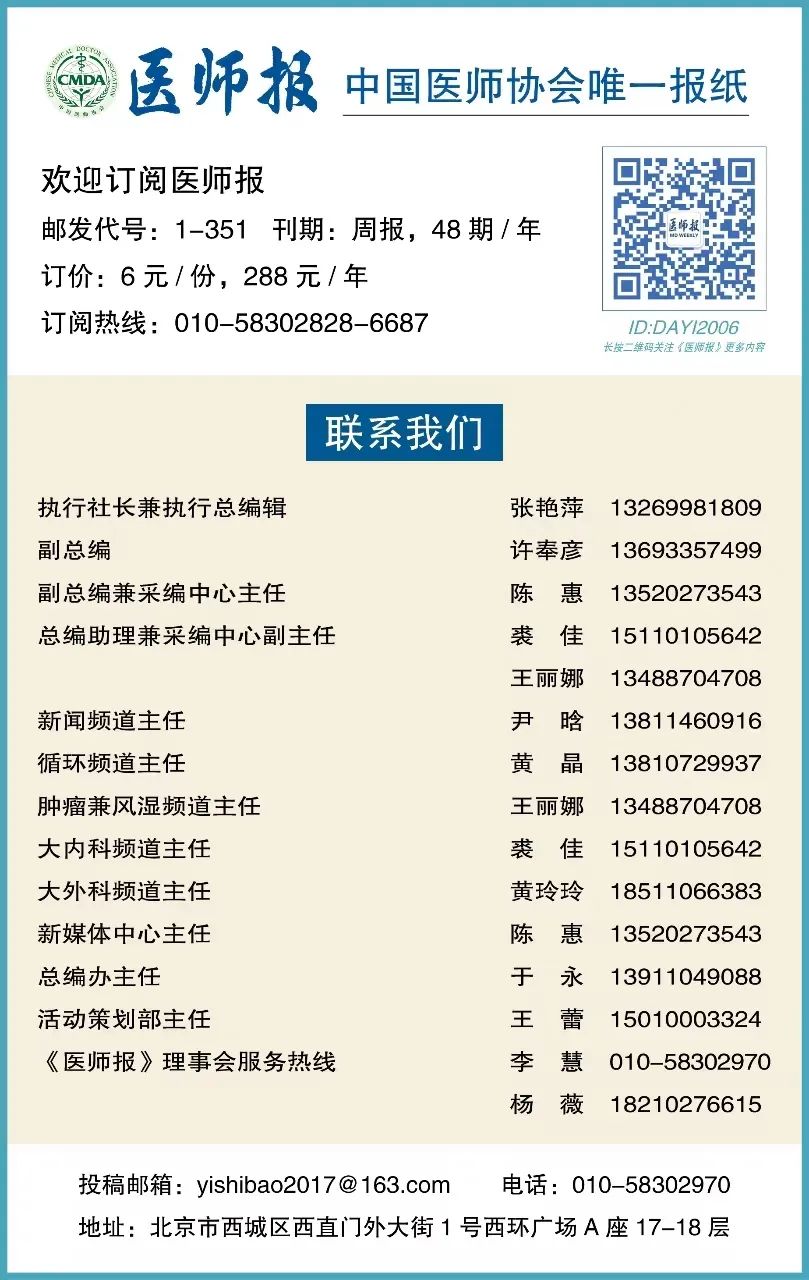Click the blue text
Follow us
■ Professional content for medical professionals only, please do not operate on your own!
Introduction: In clinical practice, a dark purple tongue generally symbolizes blood stasis, but Yang deficiency can also lead to a dark purple tongue. How can we distinguish whether the dark purple tongue is primarily due to blood stasis or Yang deficiency?
Experience in Diagnosing and Treating Dark Purple Tongue from the Perspective of Yang DeficiencyPan Wen-kuiA dark purple tongue is usually treated based on blood stasis, and recent microcirculation examinations have found that the papillae of a cyanotic tongue show signs of blood stasis, microvascular expansion, and blood cell aggregation, confirming a close relationship between microcirculation stasis and a cyanotic tongue. This further affirms that a purple tongue is one of the indications for blood-activating and stasis-removing methods.However, with over 30 years of experience, I have found through clinical observation that a cyanotic tongue indeed has pathological features of slowed blood flow and stasis, but it also has the pathogenesis of Yang deficiency leading to Qi not moving blood, especially in the cold winter season when Yang deficiency is more common. Therefore, I primarily use methods to warm Yang and open the meridians, rather than employing blood-activating and stasis-removing techniques, which have frequently yielded effective results. I will briefly describe this diagnostic and treatment experience.A dark purple tongue symbolizes blood stasis; how can we discern the presence of Yang deficiency in this condition? I will identify it from four aspects:First, the dark purple color of the tongue can be either the entire tongue or localized.If it is due to blood stasis, there are often visible stasis spots or purple spots, and the cyanotic color of the entire tongue is uneven. In contrast, when caused by Yang deficiency, the entire tongue appears uniformly dark purple, with a bluish hue, indicating signs of hypoxia.Second, the sublingual veins are either tortuous and engorged or simply visible..In cases of blood stasis, the sublingual veins are mostly engorged and extend to the tip of the tongue, while in Yang deficiency, the visible veins often start in the middle of the tongue, extending straight forward, with the tips not reaching the tongue’s tip, appearing conical with a thin top and thick bottom when viewed from above.Third, the tongue surface.In cases of blood stasis, the tongue often has a clean coating but is relatively dry, while in Yang deficiency, it is more likely to be thin, greasy, and moist.Fourth, accompanying symptoms throughout the body.Those with blood stasis may show signs of stagnation transforming into heat, while those with Yang deficiency mostly exhibit symptoms of deficiency-cold.Among these four aspects, the first two are the primary symptoms, while the latter two are secondary symptoms, and a comprehensive judgment can help distinguish the condition. In fact, in tongue diagnosis, the “Tongue Diagnosis and Differentiation” has already stated, “A tongue that is pale purple with a bluish hue and moist with bluish-black veins indicates cold evil directly affecting the Yin meridians.” This comparison is generally not detailed in clinical practice.Distinguishing whether a purple tongue belongs to blood stasis or Yang deficiency is aimed at determining the main treatment principles.For blood stasis syndrome, one should use blood-activating and stasis-removing methods, while for Yang deficiency syndrome, the main approach should be to warm Yang and open the meridians, possibly combining with blood-activating techniques, but generally not using stasis-removing herbs.Warming Yang and opening the meridians is a combination of warming Yang, benefiting Qi, and assisting circulation. Warming Yang and benefiting Qi addresses the essence of Yang deficiency, serving as a method to support the righteous and solidify the foundation, promoting the restoration of Yang Qi, leading to the resolution of various symptoms. Assisting circulation is merely an auxiliary strategy, relying on the dispersal of stagnation to alleviate symptoms.Therefore, I primarily use Huang Qi (Astragalus), Rou Gui (Cinnamon), Xi Xin (Asarum), and Chuan Xiong (Szechuan Lovage) as the four herbs.Huang Qi is a key herb for warming Yang and benefiting Qi, not only having the effect of tonifying Yang and dispersing but also enhancing the heart’s contraction ability, improving blood circulation. In clinical practice, roasted Huang Qi is often used instead of raw Huang Qi, and it is used as the main herb, with a dosage of 20-30 grams;Rou Gui warms the middle and tonifies Yang, its warming nature is even stronger than Huang Qi, and it is often used for kidney Yang deficiency, but its dispersing power is inferior to Huang Qi. Therefore, in clinical practice, Gui Zhi (Cinnamon Twig) is often used instead of Rou Gui to enhance its ability to open the meridians. If Yang deficiency is more severe, Fu Zi (Aconite) can be combined with Gui Zhi, rather than using Rou Gui alone. This aligns with Zhang Jing-yue’s principle that “Yang deficiency should be tonified and warmed, and herbs like Gui and Fu are suitable.” Moreover, the combination of Gui and Fu can also act on the circulatory system, having a cardiotonic effect, which can benefit both the heart and kidney organs;Xi Xin is warm in nature but does not have a warming Yang effect; rather, it relies on its pungent flavor to disperse, having the ability to warm, open, and promote upward movement. Therefore, I use it to assist circulation; it must be used in conjunction with Ren Shen (Ginseng), Huang Qi, Gui, and Fu. Using Xi Xin alone only has the function of unblocking, without warming and tonifying effects, which may instead consume Qi and harm Yang;Chuan Xiong is a key herb for Qi in the blood, excelling in promoting Qi and activating blood. It is indeed an essential herb for opening the meridians.Among the four herbs mentioned above, the first two are selected for supporting the righteous and warming Yang, while the latter two are used for assisting circulation. They can complement each other. Not only that, these four herbs also share a commonality, which is that they all have the ability to uplift and disperse. This can invisibly prevent or improve the tendency of Yang Qi deficiency and the descent of Qi, while also promoting Qi and blood circulation to open the tongue meridians, alleviating the dark purple condition. Therefore, often only 3-5 doses are needed for the purple tongue to show improvement.From this, it can be seen that for a cyanotic tongue, one should also differentiate the main and secondary aspects based on Qi and blood. If the true nature is not understood, and the symptom of a purple tongue is simply treated with blood-activating and stasis-removing herbs like Tao Ren (Peach Kernel) and Cheng Qi (Purgative), the Yang deficiency will not be resolved, and the purple tongue will be difficult to eliminate. Understanding the pathogenesis allows for the avoidance of stasis-removing herbs while still resolving the purple stasis, which is indeed a profound understanding of the disease’s causes and mechanisms, and is truly the essence of differentiating and treating a cyanotic tongue.
end
Content source: “Journal of Traditional Chinese Medicine” (1994)
Author: Pan Wen-kui
Editor: Cao Su-man
Physician Report TCM Channel

Scan the QR code | Follow us
The channel for TCM physicians
[Note] Some images are sourced from the internet and WeChat Moments. If there is any infringement, please contact us for deletion. Thank you, phone: 010-58302828-6808

Currently, over 1,130,000 doctors have followed and joined us







